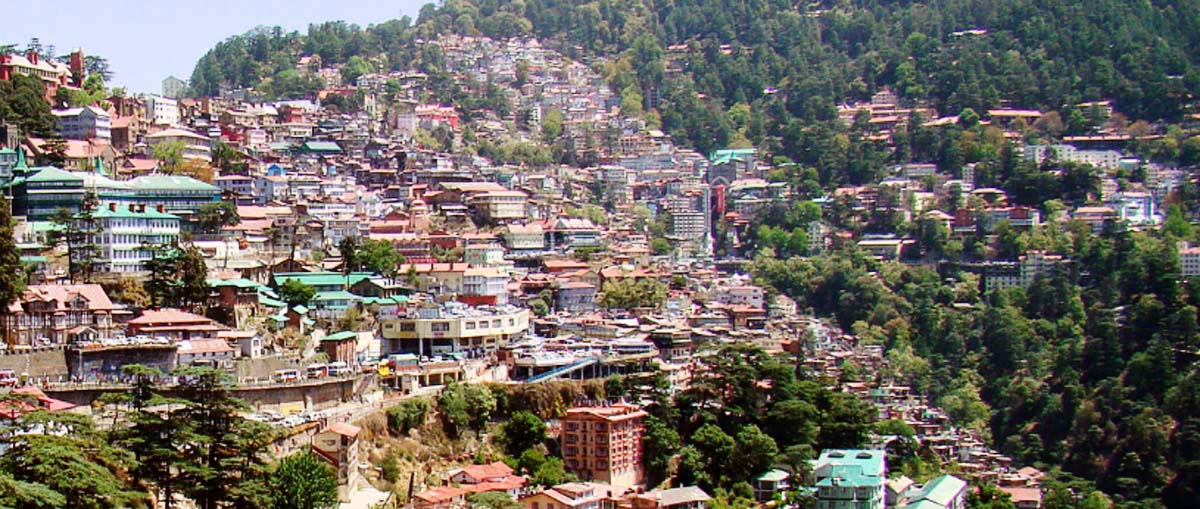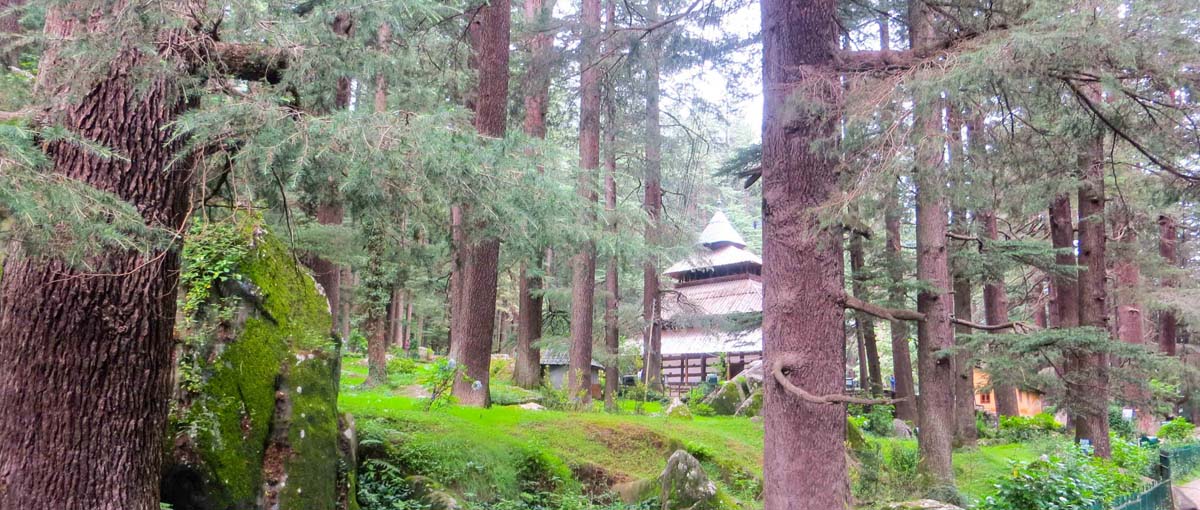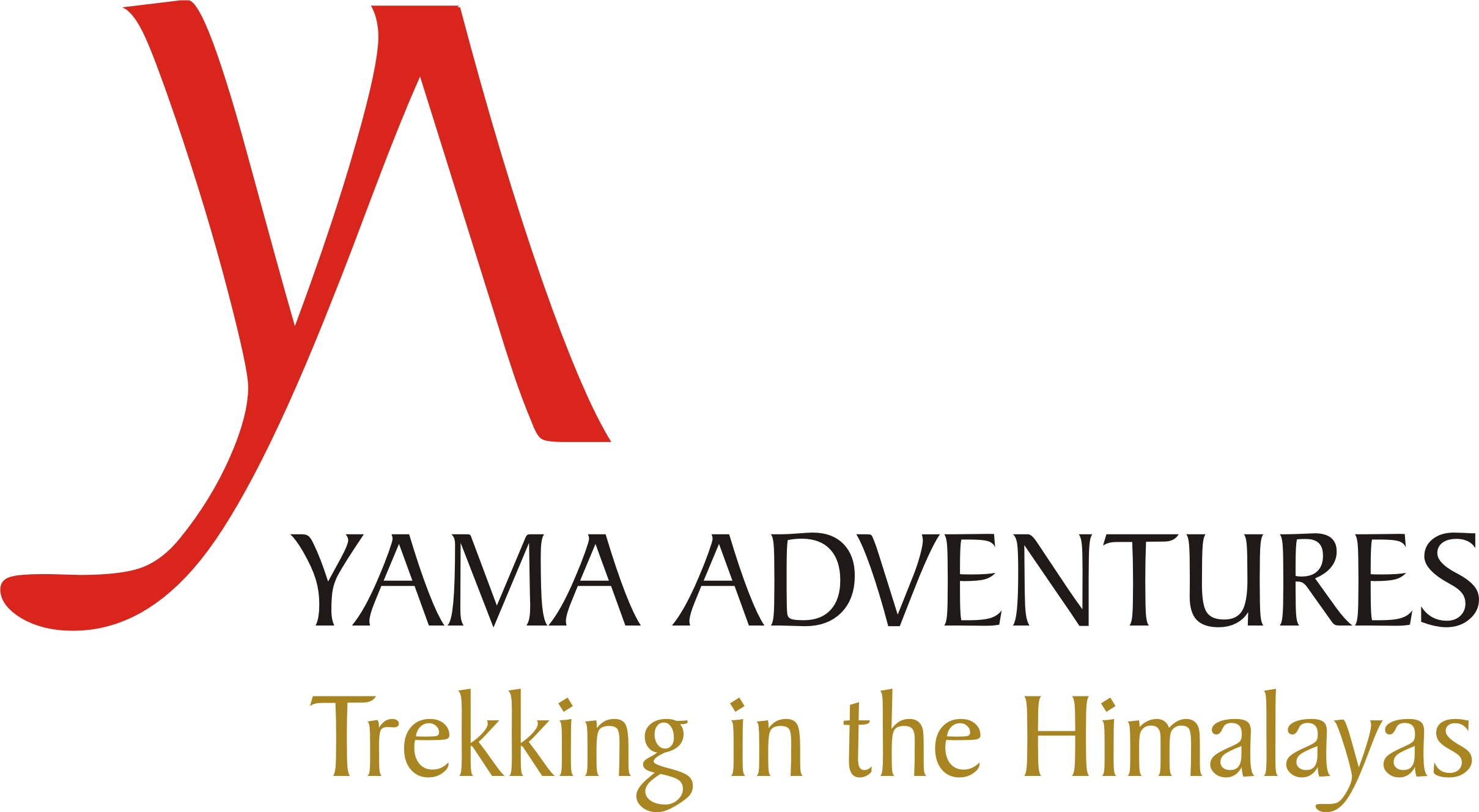



Sikkim is known for Kangchenjunga (28,169ft/8,586m) the third highest mountain in the world, as well as a rich flora and fauna. In addition it possesses a diverse ethnic population. Sikkim was formerly an independent kingdom, but was annexed by India in 1975. The royal family still lives there, but no longer hold political power.
DAY BY DAY ITINERARY
DAY 1: ARRIVE IN DELHI.
You will be met upon your arrival in Delhi and transferred to the hotel. (B)
DAY 2: DELHI TO CHANDIGARH TO SHIMLA. (7,200ft)
We will start early by taking the 07:20 Shatabdi Express train to Chandigarh. From here, it is a 3 hour drive to Shimla: ‘Queen of hill stations’ in the Northwest Himalayas. This place is particularly famous for its beautiful hill station and its pleasant weather. (B, L, D)
Day 3: SHIMLA – SARAHAN – SANGLA VALLEY. (9,400ft), 9 hours
Sarahan falls on the way to the Sangla valley which you will head for shortly after breakfast. Set on the banks of river Sutlej, this place is the home of the Bhimkali Temple dedicated to goddess Kali. Continuing onto the Sangla valley, the Baspa River is your constant companion as you drive forward into the valley. At a height of 8,000ft, the valley is rich with flora and fauna, snowcapped mountains and towering heights on all sides. (B, L, D)
Day 4: SANGLA – CHITKUL VILLAGE. (11,300ft)
The 45-minute short drive to Chitkul is one of the fascinating drives along this lesser known route through the Himalayas. The avenue of pine trees and birch trees disappears before reaching the meadowland, from where you can have the view of snowcapped mountains beyond which lies Tibet. The picturesque village of Chitkul is perched on one side of the valley with great magnificence. A short walk will take you from Chitkul is Nagasthi, the last border outpost. Civilians are not allowed beyond this point. The walk is easy through the pastureland and fields overlooking the Baspa River where you can have your afternoon siesta after walking back from the post. (B, L, D)
Day 5: SANGLA – NAKO. (12,000ft)
Nako is the first inhabited village in the Spiti Valley, situated on the banks of Nako Lake. It used to be an important centre of Buddhism in the region with several temples from different periods scattered within the village. The pride of the village lies in the monastic complex which preserves the earliest artistic heritage. The complex encloses four main temples and a number of additional buildings maintained with austerity. (B, L, D)
Day 6: NAKO – TABO MONASTERY AND KAZA
Proceeding on with the drive, you arrive at Tabo situated on the left bank of the Spiti River. Tabo Monastery, along with Alchi in Ladakh, is one of the oldest extant gompas in India, dating back to 966 CE. Like Alchi, it is centered around a Dukhang (Assembly hall) set on the ground with beautiful wall paintings, and it still has a flourishing art school. Tabo is enough off the beaten path to feel pleasantly isolated from the tourist trail. You will have ample time to explore the prayer halls, paintings and stucco images that adorn its walls. The next place of visit is the caves overlooking the village with mesmerizing views of the Tabo village. (B, L, D)
Day 7: KAZA. (12,500ft)
Kaza is the capital of Spiti valley. On this day you will visit the Ki Monastery, which is the largest in the valley. The gompa has irregular prayer chambers which are interconnected by dark passages. It is famous for its beautiful murals, thangkas, stucco images and it is still an active monastery school where hundreds of Lamas receive their religious training. (B, L, D)
Day 8: KAZA. (12,500ft)
Today you will visit Dhankar and Komic villages. The citadel of Dhanker is built on a spur which projects into the main valley and ends in a precipice. The fort of Dhanker now lies in ruins but is still a place worth visiting from where you can see vast expanses of the Spiti valley. The Dhanker Monastery was founded between the 7th and 9th centuries and is massive in structure. It consists of a number of multi-storyed buildings trussed together like a fort. It comprises of five different halls including the Lhakhang, Kanjur, Dukhang with a life-size silver statue of Vajradhara.
The renowned Tangyud Gompa is situated near the komic village. It was built in the early decades of the14th century and belongs to the Sakyapa sect of Buddhism. The original site of the gompa was in Hikkim village which was devastated by the 1975 earthquake. (B, L, D)
Day 9: KAZA TO CHOTA DHARA VIA KUNZUM LA. (15,000ft), 6 hours
On this day we will drive for 5-6 hours over the Kunzum la pass, leaving behind the Spiti valley and enter Lahaul Valley. Over the Kunzum La, you can enjoy the fantastic view of the CB range of mountains, notably CB 14, 16 and 17. Leaving the final trails of Spiti, you will enjoy the drive to Lahaul and onwards to Chota Dhara. (B, L, D)
Day 10: CHOTA DHARA TO MANALI VIA ROHTANG LA. (13,050ft)
The scenery becomes greener and more alpine-like with the drive on the last pass, the Rhotang La to enter Manali. (B, L, D)
Day 11: MANALI. (6,700ft)
Today you will spend the whole day touring Manali in and around. You start the day by embarking on a morning walk tour of Hadimba Devi Temple at Dungri. It is an ancient cave temple surrounded by Cedar forest. The local Tibetan monastery and the Jagatsukh temple are the two sites where you will pay your visit later. (B, L, D)
Day 12: MANALI – KULLU – DELHI
An early morning transfer to the Kullu Airport for your flight to Delhi will be arranged. Upon arrival, you will be assisted in your transfer to the hotel. (B, L, D)
Day 13: DELHI
There is an option of sightseeing around Delhi. The city of Delhi is a well laid out metropolitan area and was the former capital of British India when they shifted the title here from Calcutta in 1911. It has interesting museums, monuments, flourishing Mughal arts and a myriad of bazaars. In the morning, you can visit the Gandhi memorial at Raj Ghat followed by India Gate and the President house. A visit to the Humayun’s tomb, Lotus Temple (closed on Monday) and Qutub Minar can be done in the afternoon. (B)
Day 14: FLY HOME
Transfer to the international airport for departure and fly home. (B)
LAND COST: Available on request.
Included in Land Cost:
- A professional English-speaking local leader.
- Delhi Airport transfers on group arrival and departure days.
- All transport involved in the itinerary including the train journey from Delhi to Chandigarh.
- Hotel accommodations.
- Meals as noted in the itinerary (B=breakfast, L=lunch, D=dinner).
Not Included in Land Cost:
- Medical and evacuation insurance.
- Trip cancellation, travel delay or baggage loss insurance.
- International airfare.
- Miscellaneous expenses and tipping to the staff.
- Indian Visa.
- Items of a personal nature such as alcoholic beverages, laundry, etc.
- Any extra charges incurred as a result of delays or natural calamities beyond Yama Adventures control.


